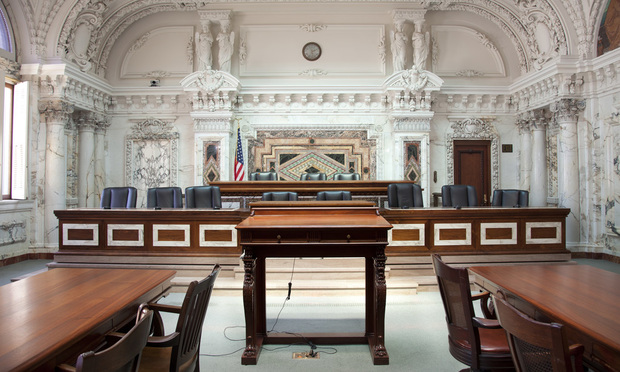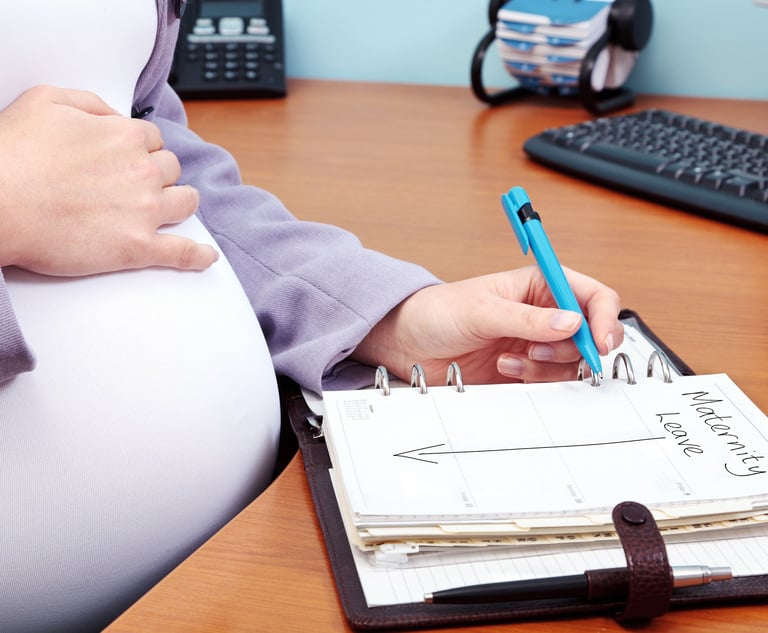Federal courts could operate fully for at least three weeks in the event of a federal government shutdown.
Early Friday, the government seemed poised to shut down as Congress and President Donald Trump clashed over $5 billion in funding for Trump’s proposed wall along the country’s border with Mexico.
Jackie Koszczuk, a spokeswoman for the Administrative Office of the U.S. Courts, said operating in a shutdown “would not be business as usual,” but that fees and appropriations balances could fund the courts for about three weeks.
“We would look for ways to constrain operations and defer expenses, such as travel and training,” said Koszczuk, in an email statement. “In general, courts would be asked to defer expenses where possible in order to conserve funds that could be needed if the lapse in appropriations goes beyond the estimated three weeks we can fund. It’s possible the guidance could change as circumstances require.”
In the most recent government shutdown, from Oct. 1 to Oct. 17, 2013, the federal judiciary remained open and operational until a deal was reached, funded through a combination of court fees and long-term appropriations. As that shutdown proceeded, however, individual district and circuit courts made contingency plans for what to do when those funds were exhausted. Individual courts would have had to make their own decisions about staffing needs and employee furloughs.


 An empty podium at the U.S. Court of Appeals for the Ninth Circuit. (Photo: Jason Doiy/ALM)
An empty podium at the U.S. Court of Appeals for the Ninth Circuit. (Photo: Jason Doiy/ALM)





